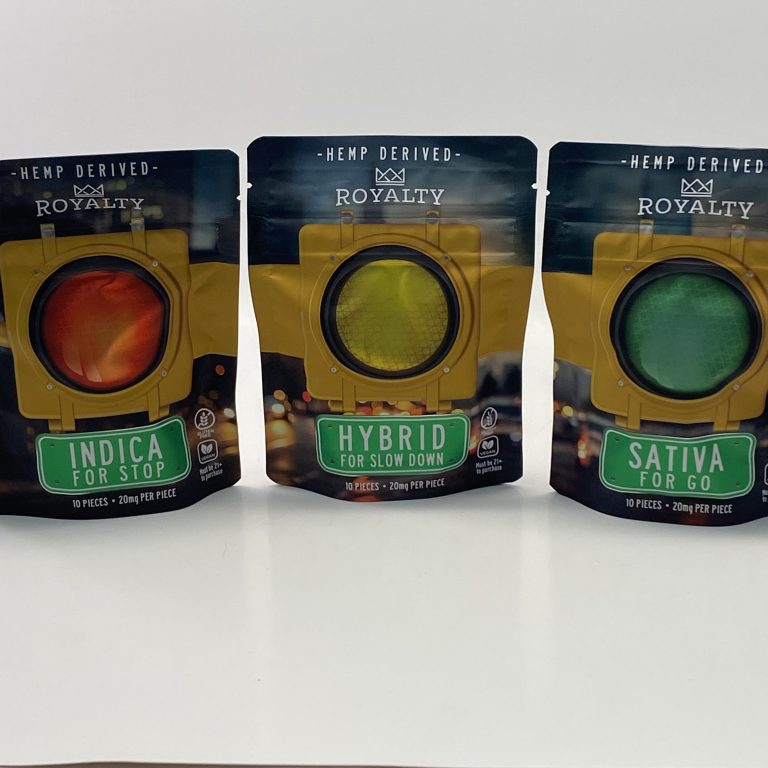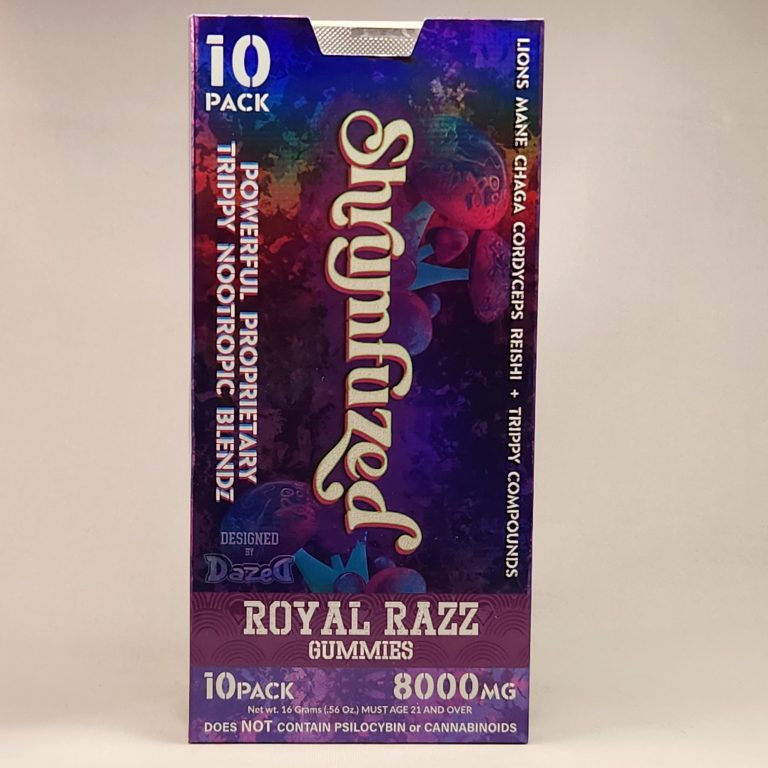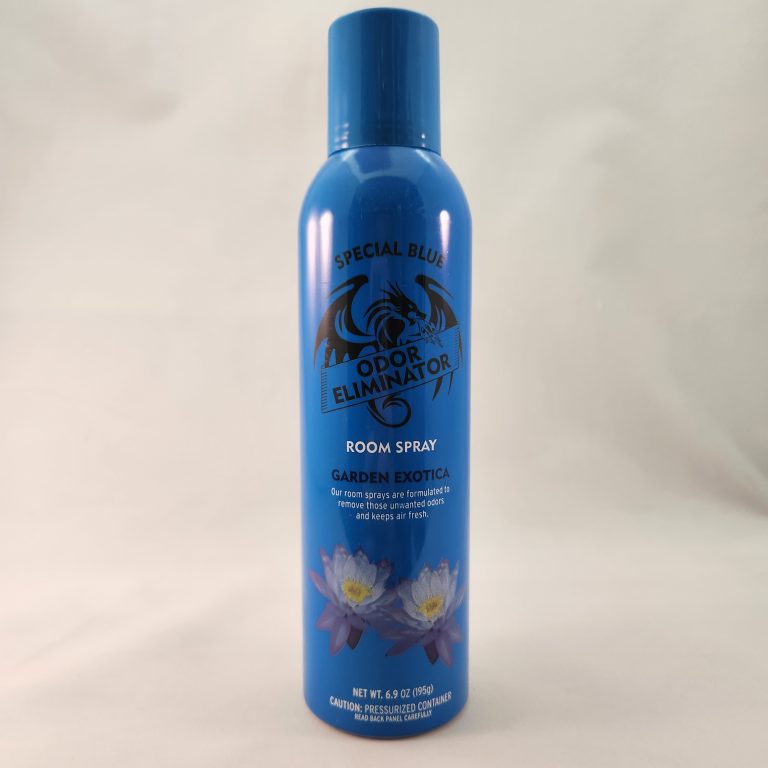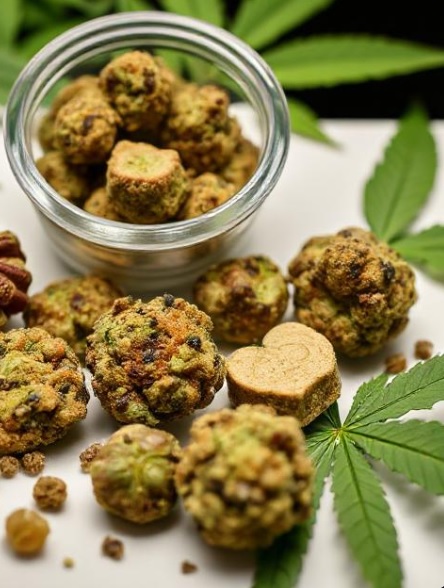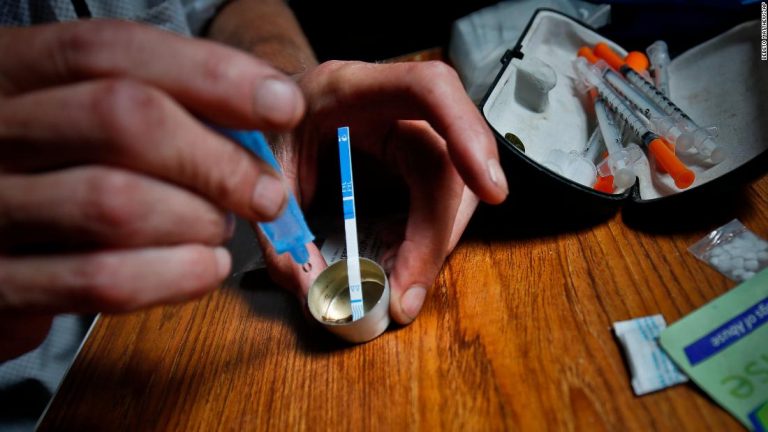Kratom & Kava: A Deep Dive Into The Positives
KAVA: Real-World “Wins”
- Social Anxiety Relief in Clinical Settings (Pacific Islander Context)
In Fiji, Tonga, and Vanuatu, kava has been used for centuries in community ceremonies. Modern clinicians in the region often note that anxious individuals especially those struggling with social pressure or interpersonal conflict reliably experience relaxation without impaired cognition after a traditional kava session.
Outcome: Calmed nerves, improved communication, reduced social avoidance.
Why it’s considered a “win”: Culturally integrated, low-compulsion, predictable effects.
- Short-Term Anxiety Reduction in Western Clinical Trials
Several controlled trials (mostly in Australia and Germany) have reported participants experiencing meaningful reductions in anxiety symptoms after standardized kava extract compared with placebo.
Outcome: Participants reported decreased tension and worry, often similar to low-dose benzodiazepines but without sedation.
Why it’s a “win”: Demonstrated measurable benefit in structured clinical environments.
- Veterans Using Kava Bars for Alcohol Replacement
In the U.S., kava bars report a recurring pattern: some veterans with stress or past alcohol misuse choose kava as a non-alcohol alternative to manage evening tension.
Outcome: Reduced alcohol consumption, improved social connection.
Why it’s a “win”: Harm reduction replacing a high-risk substance with one that has a comparatively lower risk profile.
- Athletes Using Kava for Muscle Tension
Massage therapists and physical trainers (especially in Hawaii) often note that clients who consume kava before deep-tissue sessions have less muscle guarding and greater relaxation.
Outcome: Easier muscle release, reduced subjective tension.
Why it’s a “win”: Non-opioid, non-benzodiazepine relaxation.
KRATOM: Real-World “Wins”
(Again, these are reported experiences. kratom is not an approved treatment and carries dependence risks. But these examples reflect real documented outcomes people describe.)
- Opioid Withdrawal Management Stories
Many former opioid users report using kratom to reduce withdrawal severity during tapering, often documented in addiction forums, support groups, and case studies.
Outcome: Reduced nausea, chills, restlessness, and cravings during transition off opioids.
Why it’s a “win”: For some, it allowed a move away from illicit opioids when no clinical treatment was accessible.
- Chronic Pain Patients Regaining Function
A number of U.S. chronic pain patients, especially those cut off from opioid prescriptions during the post-2016 clampdown, have reported returning to activities (work, driving, childcare) by using kratom to manage pain.
Outcome: Improved mobility, reduced pain scores, ability to maintain employment.
Why it’s a “win”: Anecdotally filled a gap where conventional treatments were unavailable or ineffective.
- Former Alcohol Users Replacing Nighttime Drinking
Kratom “tea” or capsules are commonly described as a replacement ritual for alcohol among people trying to quit or cut down.
Outcome: Reduced binge drinking, decreased hangovers, maintained social interaction.
Why it’s a “win”: Harm reduction: less liver damage risk compared to alcohol.
- ADHD/Focus Support in Real-World Settings
Professionals programmers, long-haul truckers, students have reported using low doses of kratom for improved focus and task endurance.
Outcome: Better concentration, reduced procrastination, improved job performance.
Why it’s a “win”: A plant-based stimulant alternative for individuals who either cannot tolerate or cannot access prescription stimulants.
- Mood Stabilization in PTSD/Anxiety Communities
Some users with trauma-related symptoms report that kratom provides emotional steadiness during stressful periods.
Outcome: Reduced panic-like symptoms, improved sleep, fewer emotional spikes.
Why it’s a “win”: Not a cure, but a self-reported tool for coping when therapy or medication access is limited.
The Bigger Picture
These examples highlight something important:
Kava’s wins tend to be about stress relief, social anxiety, and relaxation, often in community or ritual contexts.
Kratom’s wins tend to be about pain, withdrawal, work productivity, or emotional stabilization often in people who feel undersupported by the healthcare system.
One plant helps people slow down.
The other helps people keep going.
They’re both used by real humans with real needs even if the medical establishment hasn’t fully embraced either.



